Outdoor trampolines have long been a source of joy and outdoor recreation, providing hours of boundless fun and healthy exercise for families and individuals alike. However, like any piece of equipment subjected to the rigors of weather, gravity, and energetic use, trampolines can undergo wear and tear over time.
In such cases, safety becomes a paramount concern. To ensure the well-being of trampoline users, it's crucial to recognize the telltale signs that signal the need for replacement.
In the following sections, we'll delve into six key indicators that your trampoline may be approaching the end of its functional life or, at the very least, require some critical attention. These signs range from visible wear and tear on the trampoline mat to structural concerns like rust and instability.
By being vigilant and responsive to these cues, you can maintain a safe and enjoyable trampolining experience for all.
Rust and Corrosion

Inspect the frame, springs, and other metal parts for rust. Pay attention to areas that are frequently exposed to rain or moisture.
Rust can weaken the metal, making it more prone to breaking, which can result in a dangerous situation.
Worn or Damaged Mat

(Source: webandwarehouse.com.au)
If the trampoline mat shows signs of wear, such as fraying, holes, or tears, it's a clear indication that it's time to replace it. A damaged mat can be unsafe and lead to accidents.
Broken or Stretched Springs

The springs are crucial for providing bounce and support on a trampoline. If you have broken or stretched-out springs, the trampoline won't perform correctly and could lead to accidents. Replace any damaged springs promptly.
Unstable Frame

If your trampoline frame is wobbly or unstable, it's a safety hazard. An unstable frame can lead to injuries when users land or jump on the trampoline. Attempting to repair a severely damaged frame may not be sufficient to ensure safety.
Fading or Peeling Padding
The safety pad that covers the springs and frame should be in good condition. If the padding is faded, torn, or peeling, it's a sign that it's no longer providing adequate protection, and it's time for a replacement.
Excessive Noise and Vibration
If your trampoline is making loud, unusual noises, or you feel excessive vibrations while bouncing, it may indicate structural issues. These issues can be signs of fatigue in the frame, which can lead to potential safety hazards.
Trampoline Accessories Recommend
Explore trampoline accessories for more fun? Discover jumpfly trampoline accessories that not only enhance safety but also add a touch of style to your trampoline setup!

Remember that regular maintenance and care can extend the life of your trampoline. If any of these issues are identified, consider replacing the specific damaged components or the entire trampoline to ensure the safety of users, especially if it's showing multiple signs of wear and tear.
Regular maintenance and inspections can help extend the lifespan of your trampoline and prevent potential safety risks.


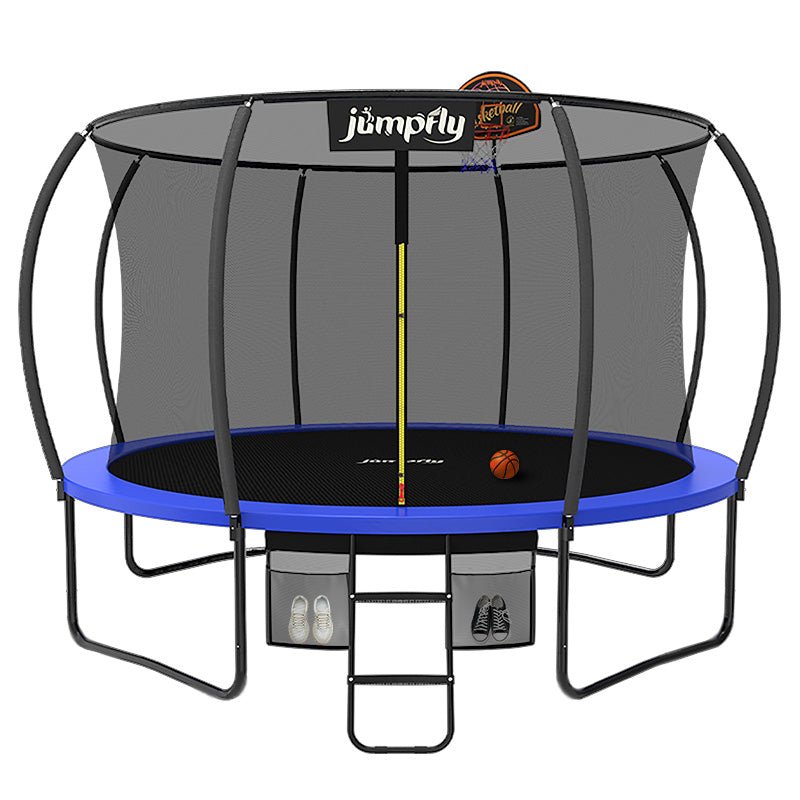
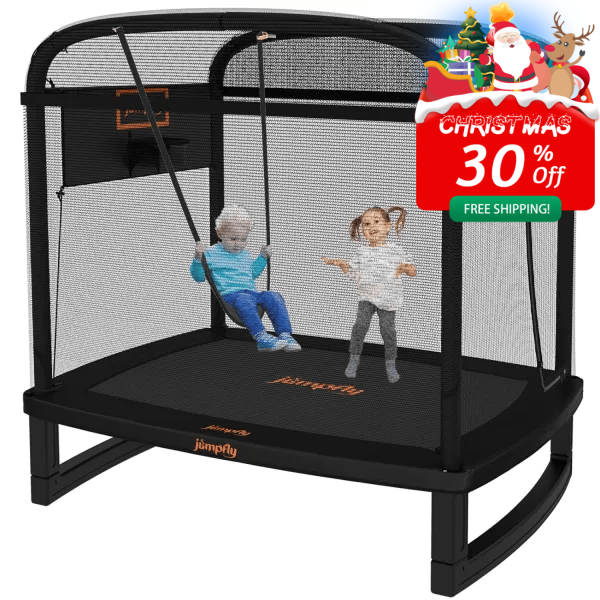
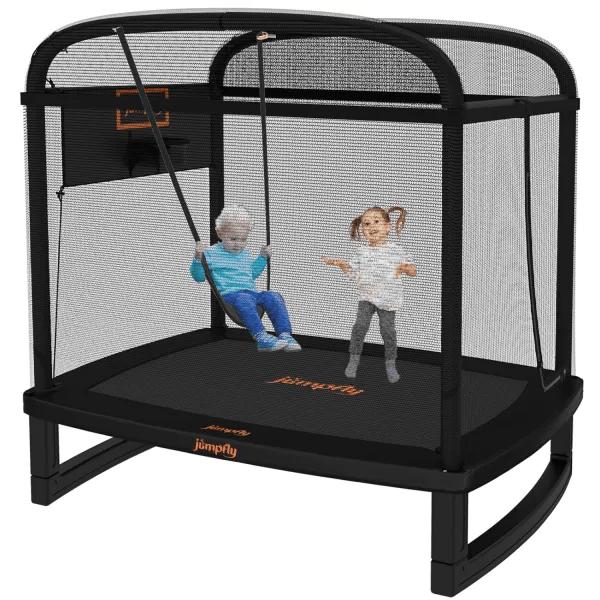
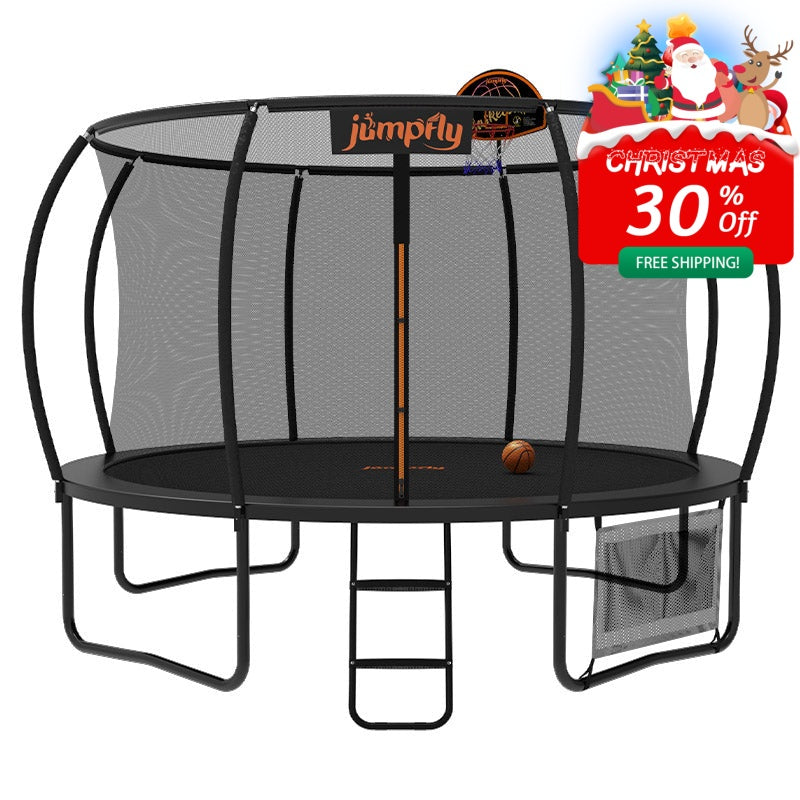
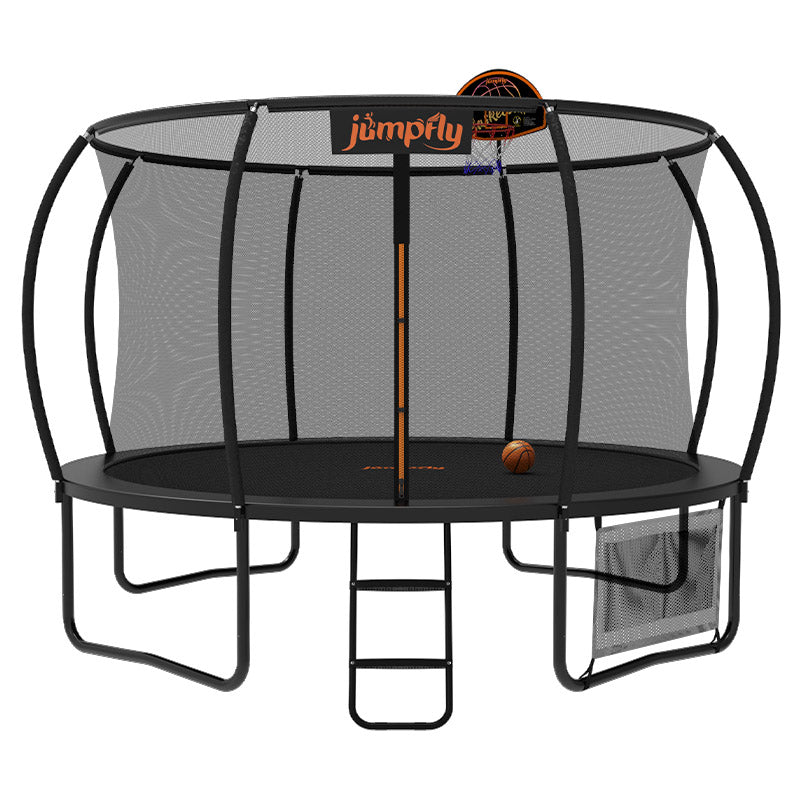
Leave a comment
All comments are moderated before being published.
This site is protected by hCaptcha and the hCaptcha Privacy Policy and Terms of Service apply.